The art of custom knife making is not just about crafting functional tools—it's about creating personalized works of art that blend craftsmanship and utility. For hobbyists and artisans alike, making a custom pocket knife can be a fulfilling project that results in a one-of-a-kind item perfect for collectors or practical everyday use. This beginner's guide will take you through the journey of custom knife making, offering insights, tips, and techniques to help you create a knife that reflects your personality and style.
What Is Custom Knife Making?
Custom knife making is the process of designing and crafting knives tailored to specific needs or preferences. Unlike manufacturing standard blades, custom knife making allows for personalization at every level, from materials to design. Whether you want a unique carving knife, a survival blade, or a stylish custom pocket knife, the possibilities are endless!
The Appeal of Personalized Gifts
In today's market, personalized gifts have taken on a new significance. A custom knife is not just another tool; it’s an heirloom that tells a story. Gifting a custom pocket knife can convey thoughtfulness, as it represents effort and creativity from the giver. Here are a few reasons why custom knives make excellent personalized gifts:
- Unique Design: Each knife can be designed to the recipient's preferences, making it special and distinctive.
- Functional Art: A well-crafted knife serves a functional purpose while also becoming a beautiful piece of art.
- Memory Maker: A custom knife can mark significant events, such as birthdays, anniversaries, or milestones.
- Information Conveyance: Personal engravings on the blade or handle can add sentimental value.
Necessary Tools and Materials
Before delving into the actual process, ensure you've got the right tools and materials. Here’s a basic list to get you started:
Essential Tools
- Forge or Heat Source: A blacksmithing forge, propane torch, or even an oven for certain techniques.
- Anvil: Essential for shaping the steel after heating.
- Hammers: A variety of hammers for different shaping tasks.
- Grinder or Belt Sander: Useful for refining the blade’s shape and edge.
- Files: For detailed finishing and sharpening.
- Drill Press: Handy for creating holes in the knife’s handle.
- Saws: For cutting the blade and handle materials accurately.
Material Choices
The materials you choose will significantly influence the quality and aesthetics of your knife. Here are some commonly used materials:
- Steel: The heart of the knife. Common choices include carbon steel for durability and stainless steel for corrosion resistance.
- Handle Material: Wood, Micarta, G10, or even bone can be utilized for a handcrafted touch.
- Bolsters and Pins: Often made from brass or stainless steel, these elements provide both function and decoration.
Steps for Crafting a Custom Knife
Now that you have your tools and materials lined up, let’s delve into the steps for creating your custom pocket knife!
Step 1: Design Your Knife
Every knife starts with a design. Sketch what you envision, including the blade shape, handle, and any personal touches. Consider the knife’s intended use, as this influences the design elements. A hunting knife will differ from a pocket knife, for instance.
Step 2: Prepare the Blade
Using your design as a guide, cut the blade shape from your steel material. Utilize your saw for accuracy. Next, heat the steel using your forge or torch and then shape it using the hammer on the anvil. Keep safety in mind by using gloves and goggles during this process.
Step 3: Heat Treating
Heat treating is a vital step in knife making that improves the steel's hardness. Heat the blade to a specific temperature and then quench it in oil or water, which ‘sets’ its hardness. Follow this with tempering, where you gradually reheat the blade to reduce brittleness.
Step 4: Shaping the Handle
While the blade cools, you can focus on crafting the handle. Decide on the thickness and length based on your comfort and the design. Cut your chosen material, then shape it to fit the blade, making sure it's ergonomically designed for a comfortable grip.
Step 5: Assembling the Knife
Once both the blade and handle are shaped, it’s time to assemble them. Drill holes in the handle to fit the blade tang, securing it in place with epoxy and pins. This ensures a sturdy bond that is both functional and aesthetic.
Step 6: Polishing and Finishing Touches
Give your knife a polished finish using your grinder or belt sander. Refine the blade’s edge using files, and don’t forget to polish the handle, enhancing its natural beauty. You might also consider adding personalized engravings or designs to truly make it your own.
Staying Safe While Custom Knife Making
Knife making can be dangerous if proper safety precautions are not taken. Here are essential safety tips to keep in mind:
- Wear protective gear: Always use gloves, goggles, and mesh aprons to protect against flying debris and burns.
- Maintain your workspace: A clean and organized workspace minimizes risks and increases efficiency.
- Handle tools responsibly: Be mindful of where you place tools, and never rush through tasks.
Embracing the Journey of Knife Making
The journey of custom knife making is a rewarding experience that blends creativity, skill, and knowledge. As you craft your knives, keep experimenting and learning through the process. And always remember, what you create is a reflection of who you are. Whether for personal use or as a unique gift for loved ones, your custom pocket knife will surely stand out, one stroke of craftsmanship at a time.
So, as you embark on this exciting venture of crafting knives, revel in the satisfaction of creating something that combines function and artistry. Embrace challenges, cherish the learning moments, and enjoy the journey of becoming a knife maker!
Visit another user's Shopify store by clicking here. Kindly note that this is a promotional link, and we assume no liability for the content on the linked store.





































































































































































































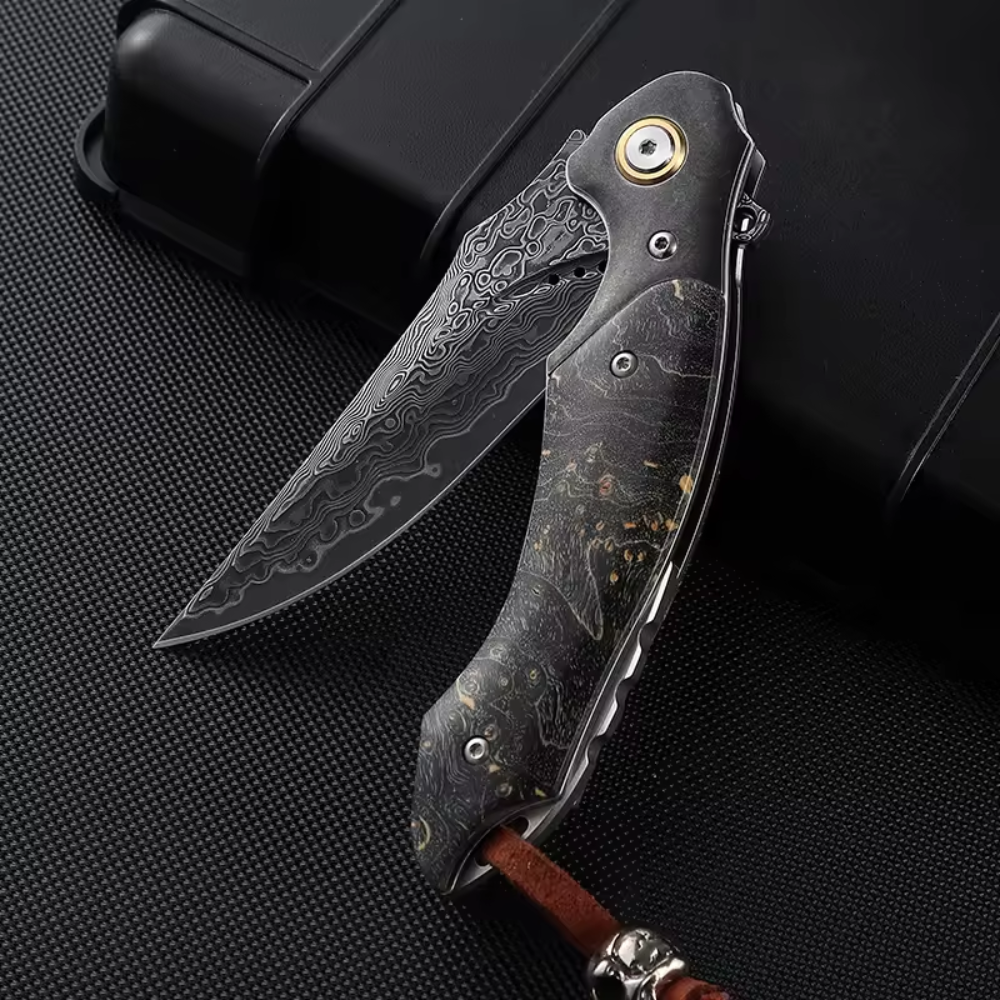
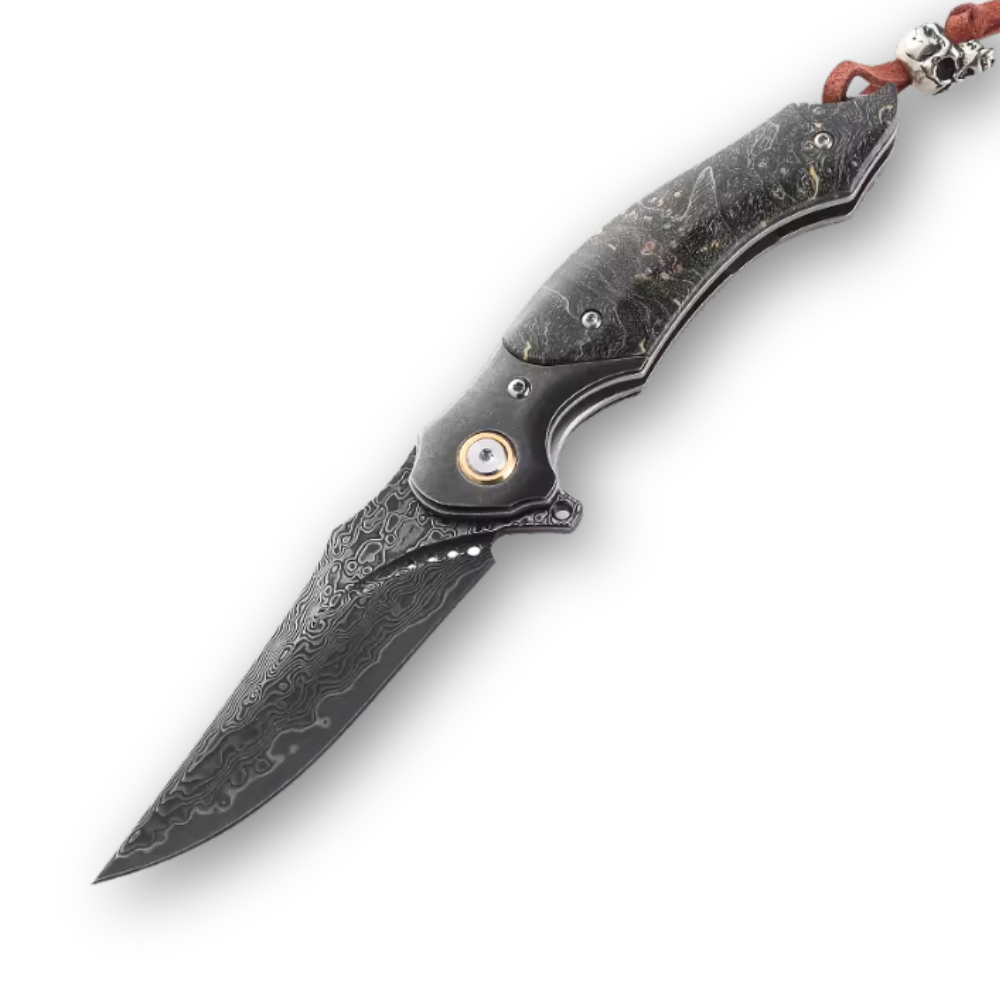
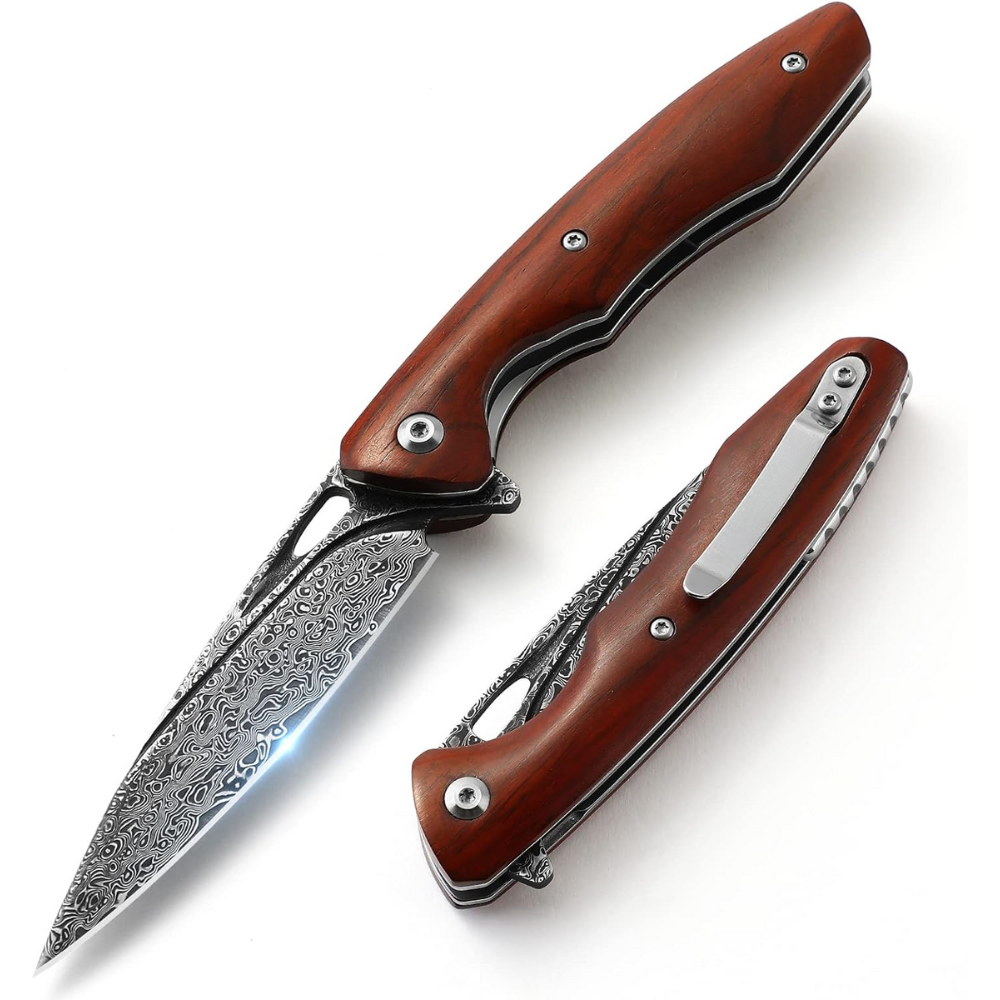
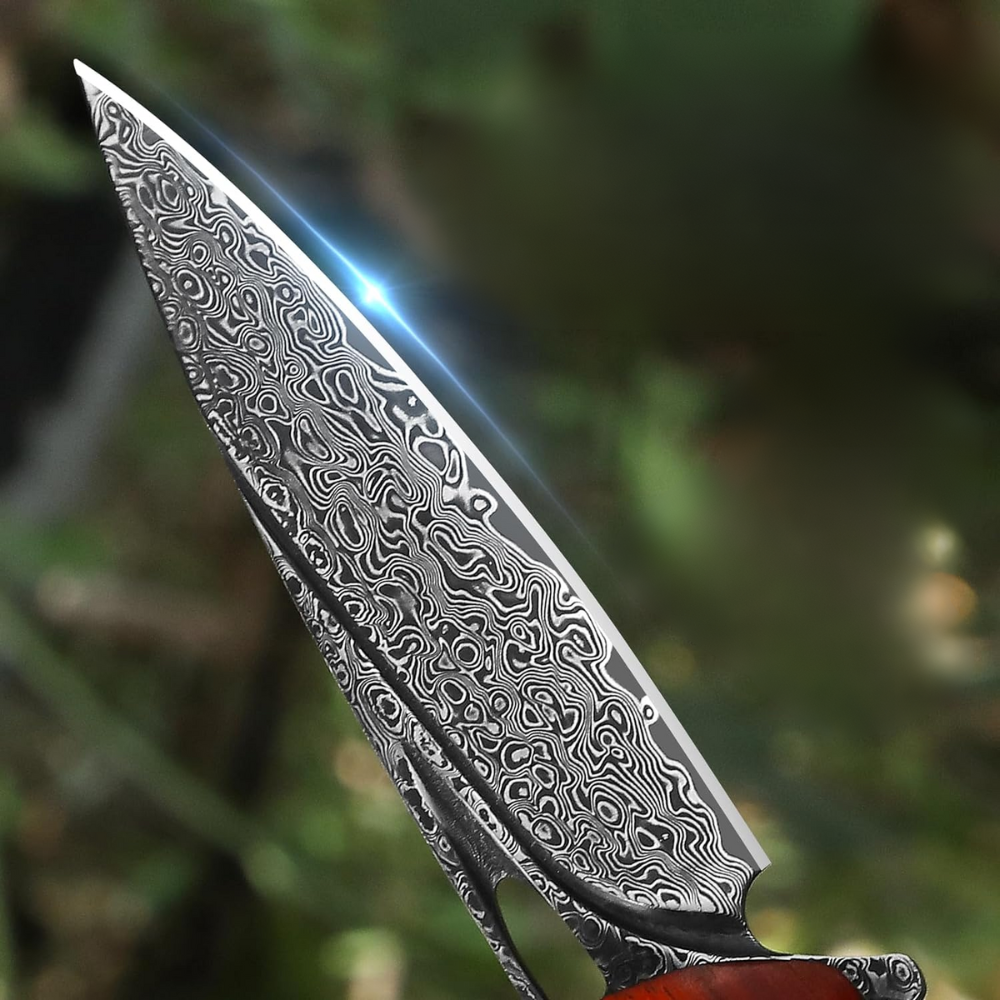








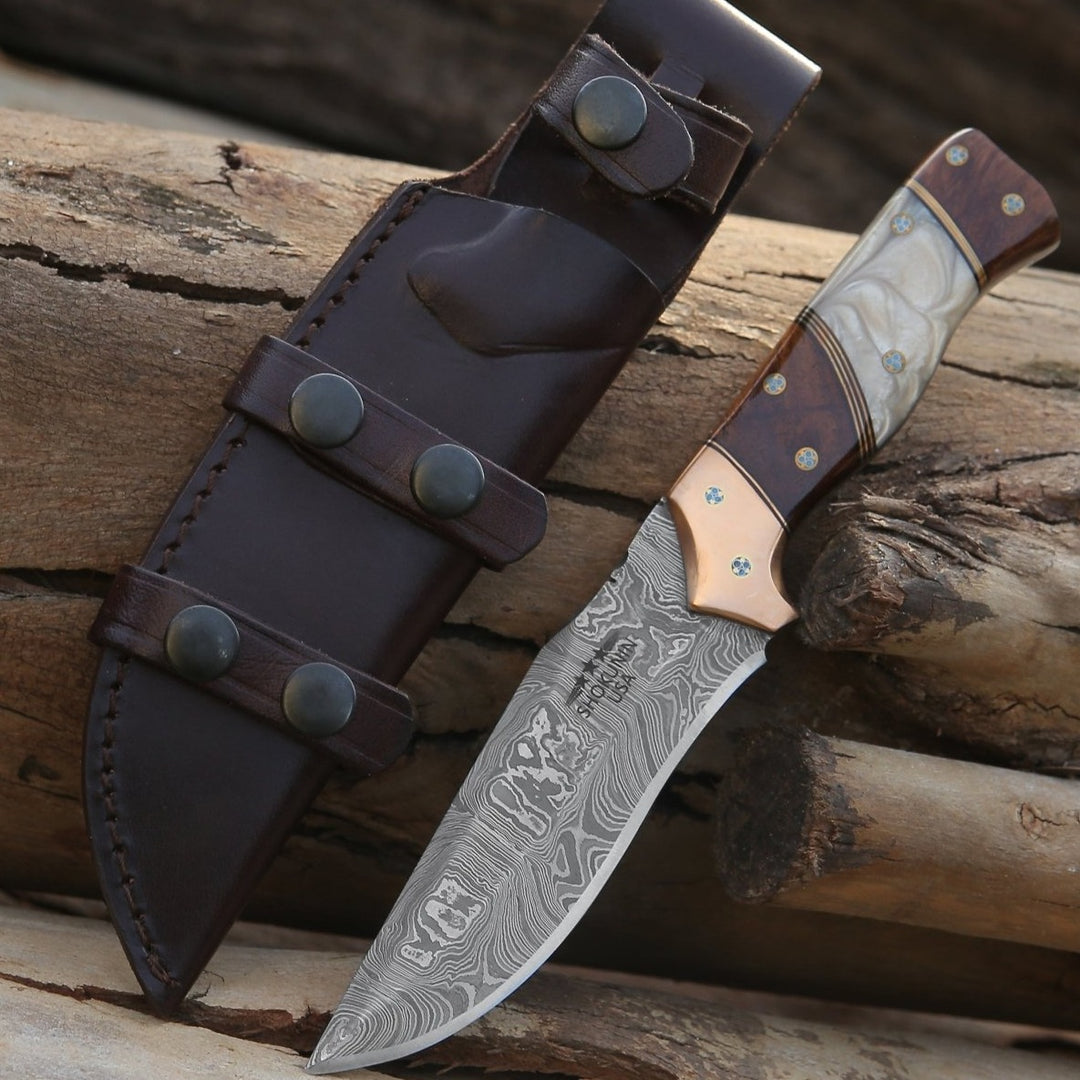
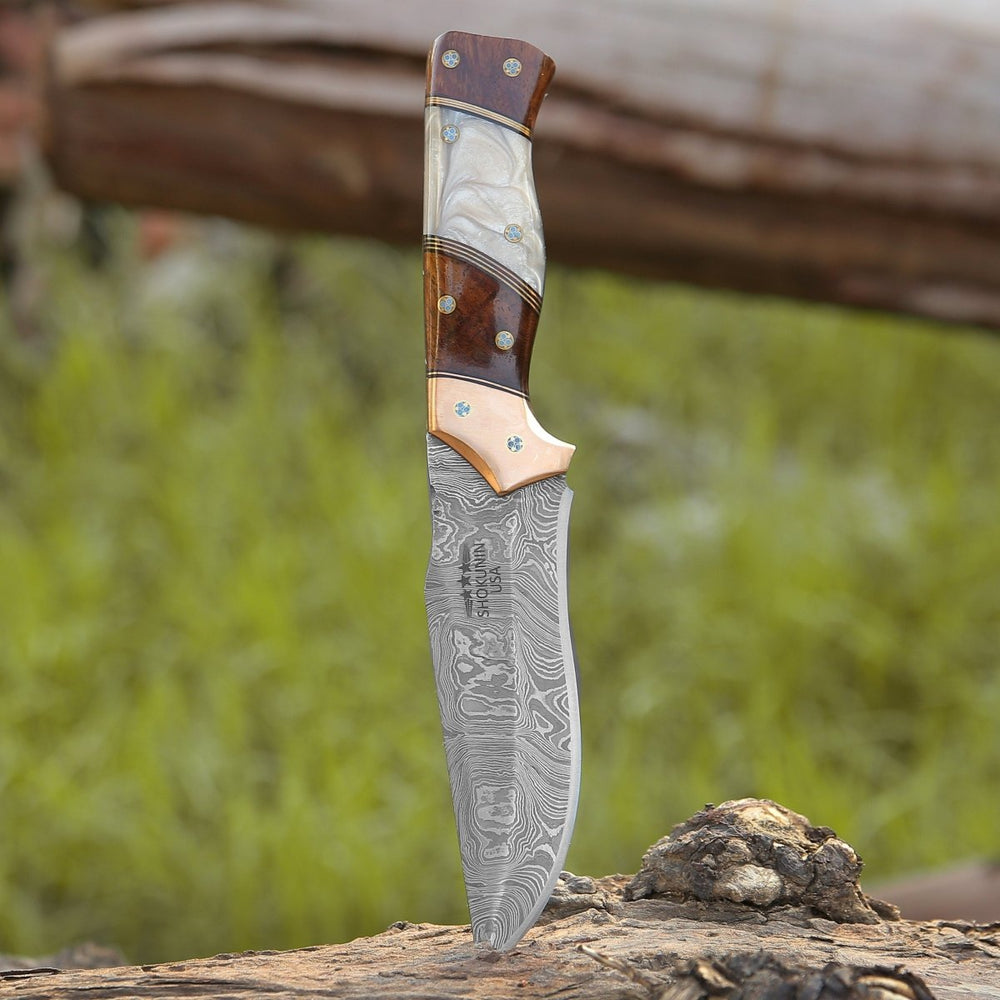


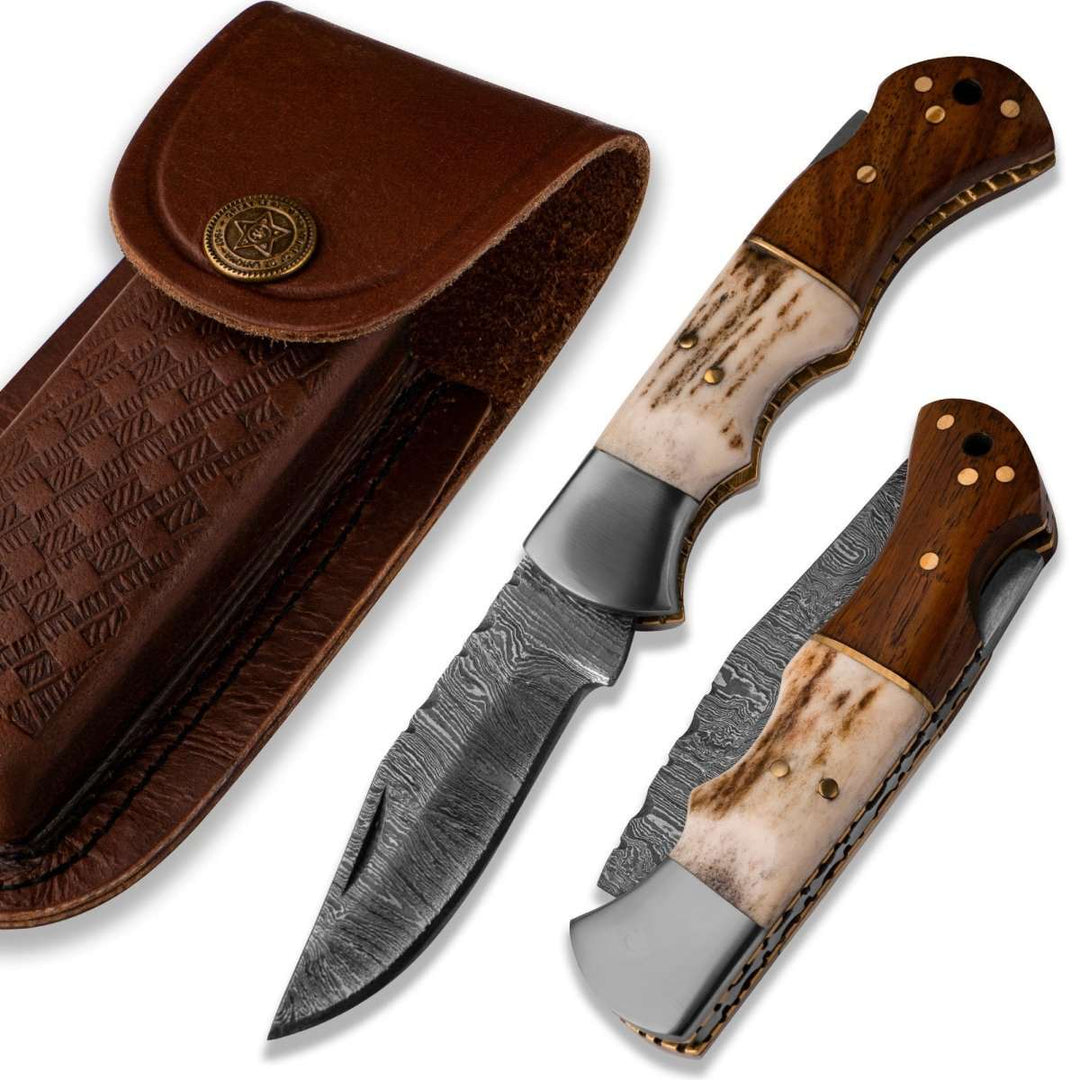
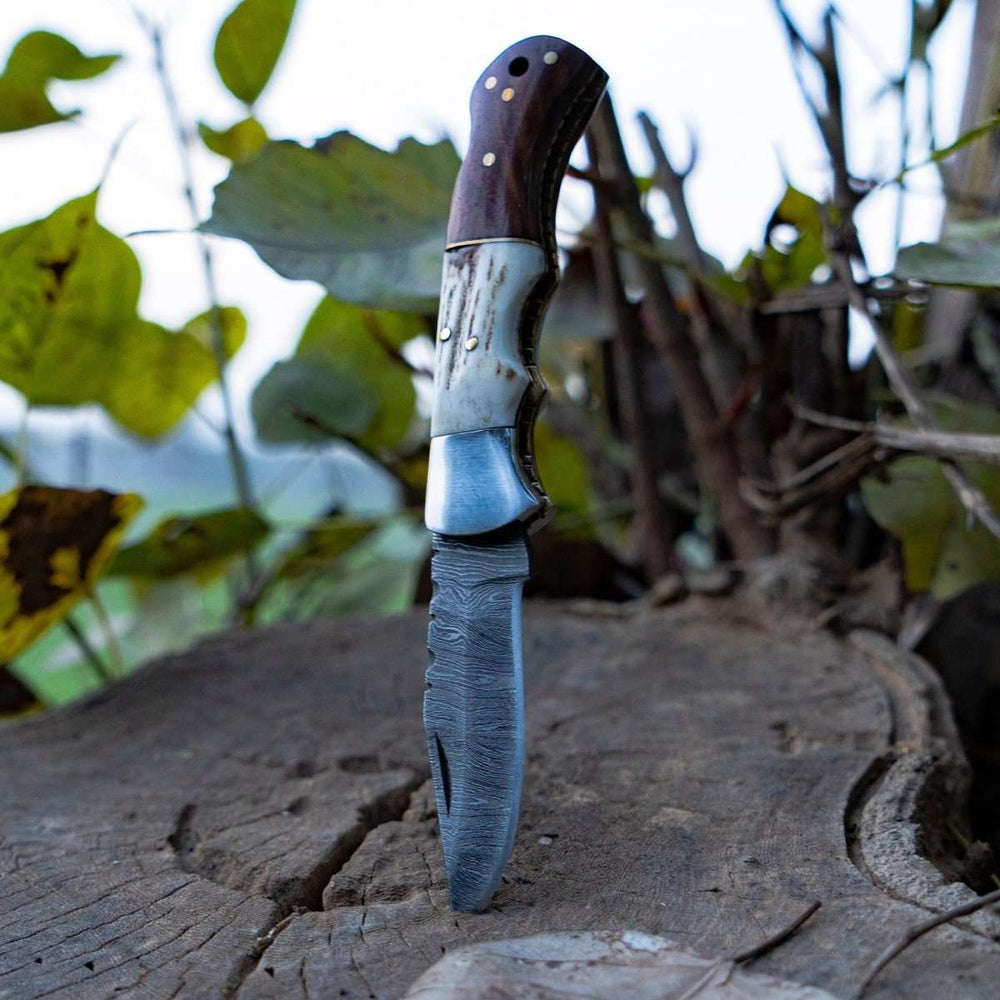




Lascia un commento